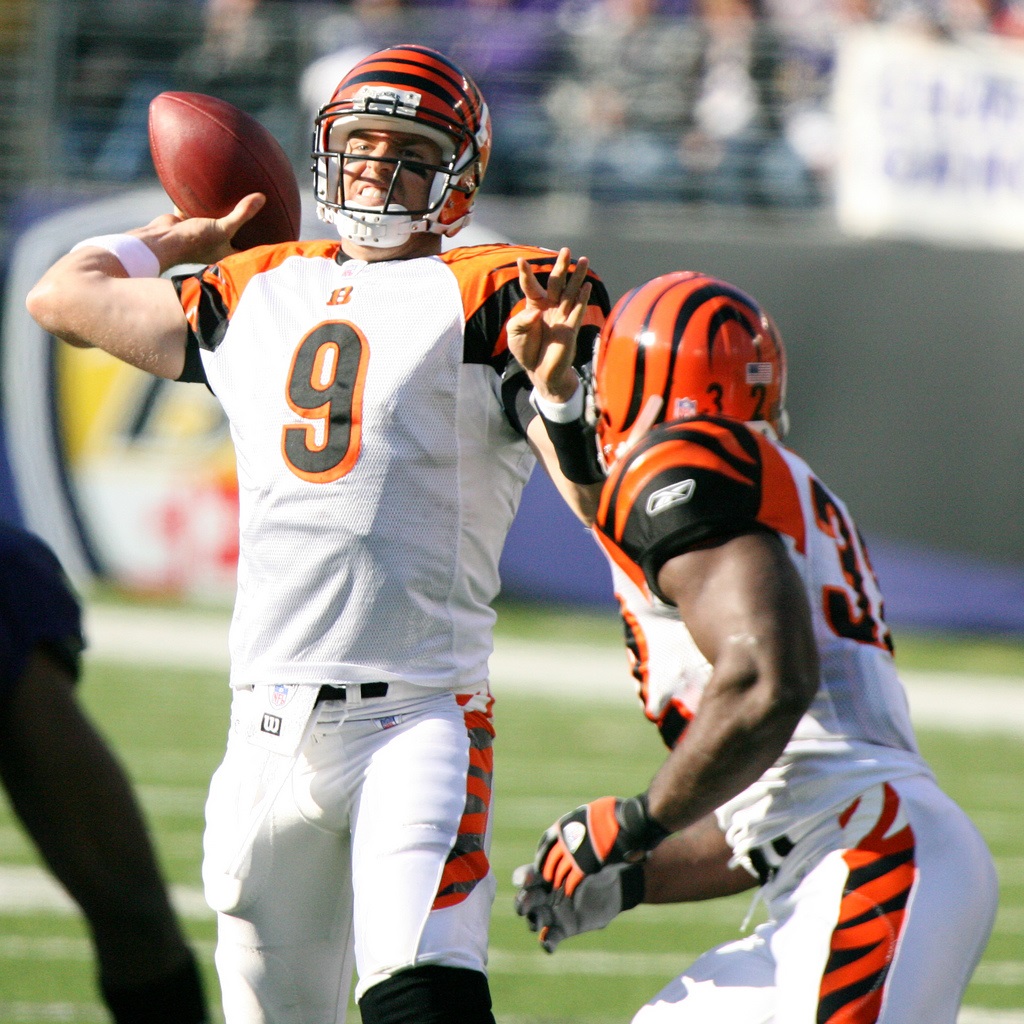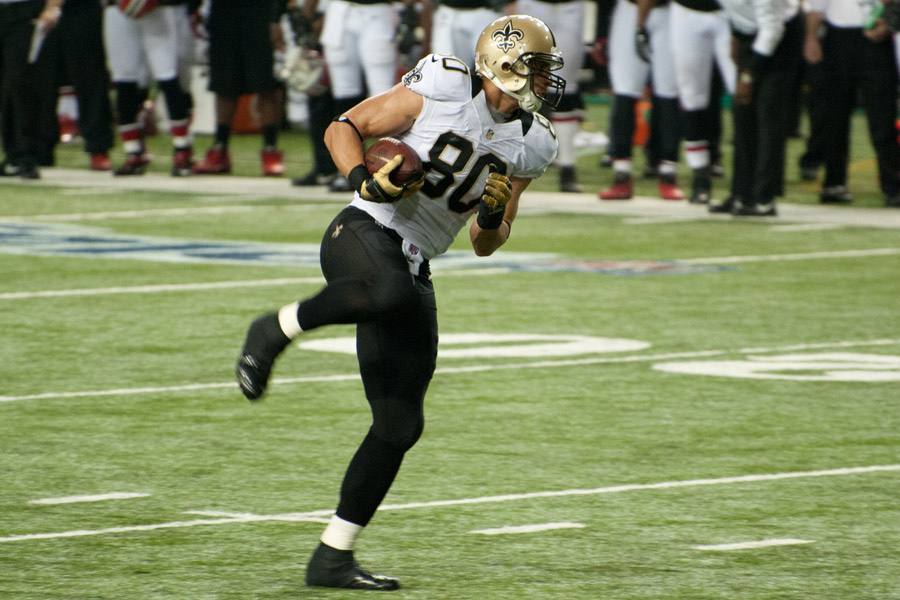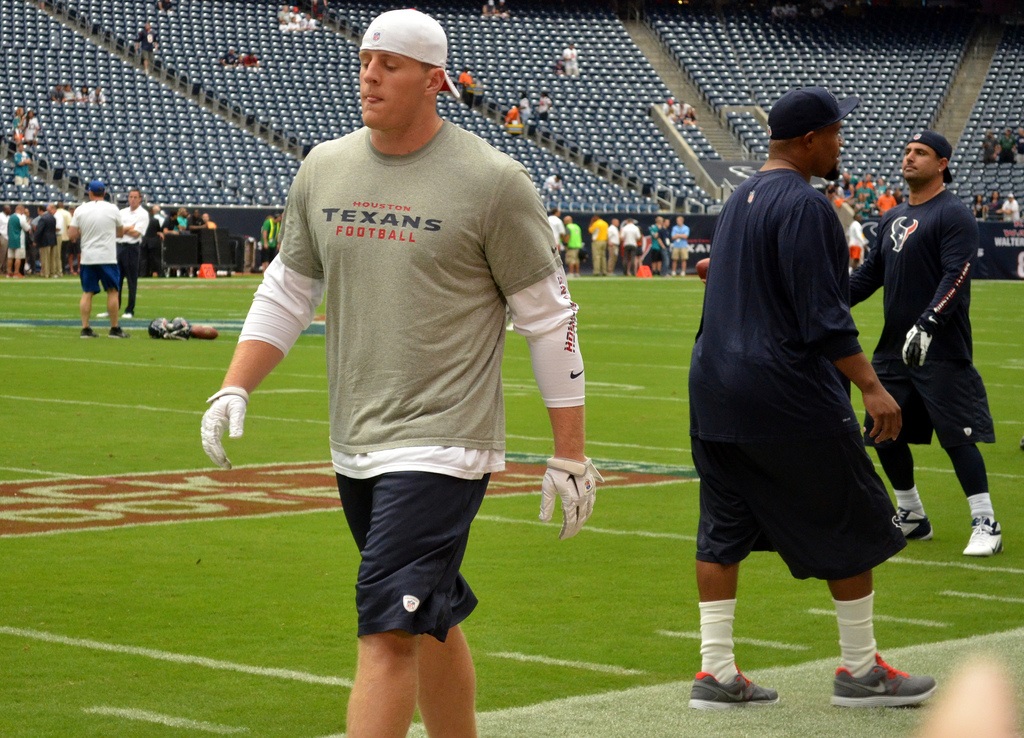
More draft analysis on the way from RSPHQ – including more from the No-Huddle Series and Boiler Room and my take on Cordarrelle Patterson from the perspective of Football Outsiders and its Playmaker Score. If you’re new to the RSP blog, welcome to my Friday post Reads Listens Views, my chance to share things I’ve been checking out in recent weeks – football and non-football alike.
Listens
Joseph Tawadros plays the Oud, which is the daddy of the Lute. It’s a beautiful, soulful instrument and this tune is has a steady simmer worth a listen.
[youtube=http://youtu.be/aND8DYDfXQU]
Thank You
I think we’ve all been in a situation where you have the ability to help a friend, but you don’t think he wants your assistance. However, it’s obvious that you’d be just the person to help and he never utters a peep to indicate he wants it. Sigmund Bloom had that experience with me in recent years. He kidded me recently about me never asking him to write anything to tell my readers why they should buy the RSP.
I was embarrassed. I just figured most folks knew Bloom as my friend and colleague so it made more sense to share testimonials from folks who, relative to Bloom, don’t know me from Adam. But I am honored that Bloom wants to share his view of the RSP. Especially when he publishes an always excellent collection of Scouting Reports and rankings. There’s his great work at B/R and the iconic, Bloom 100. If you’re a fantasy owner, the Bloom 100 is a MUST-READ because its writer distills each class into a simple list of tiers with a rookie draft in mind. It takes a strong grasp of player talent and fantasy football dynamics to pull off as well as Bloom.
Here’s Bloom’s thoughts on the RSP and I’d like to thank him for asking me to share it:
The Rookie Scouting Portfolio is the best guide to the QB, RB, WR, and TE talents in the draft because it goes deeper than any other guide. Because Matt shows his math with hundreds of intensely detailed individual game breakdowns. Because it ranks prospects not just overall, but for each attribute. Because if you read between the lines, Matt is teaching you how to scout these positions, what to look for, how to articulate what you see. It’s a must for any serious football fan, fantasy football player, or anyone that wants to get smarter about watching football.
If you haven’t bought the RSP before, I can say with pride that you’ll get as much out of it as I put into it – and I put everything I can into it. My readers will tell you they love it. If you’re on fence, I am confident that you’ll realize this is one of those cases where there’s little hype to what I’m saying here. Plus, I donate 10 percent of each sale to Darkness to Light, a non-profit whose mission is to prevent and combat sexual abuse through community training and awareness.
Download the RSP now and know that with your purchase, you also get access to the Post-Draft publication when I announce it available within the week after the NFL Draft. At the very least, follow this blog click on the link on the left to follow and you’ll receive email updates when I post new articles. Then consider supporting the site (and do yourself a favor at the same time) by downloading the publication.
Views
Mine Kafon – Thanks to Jeff Haseley for sharing this invention, which is a sobering reminder that we’re all special people and special people are dying everyday around the world due to explosives.
Football Reads
- Nobody Else is Jim Brown – The late Ralph Wiley was one of my favorite journalists. I read him as a teen when he covered the NFL for Sports Illustrated. Wiley’s chops were at their height for ESPN’s Page2. This story is a good example.
- Ryan Riddle’s Draft Risk Analysis Metrics – Fascinating stuff I want to dig into deeper. Worth a look.
- 12 Things you Need to Know About NFL RBs – An list of stats/points that are worth considering if you’re a fantasy owner. By Mock Draft Club.
- Introducing the NFL Draft Pick Value Calculator – A Chase Stuart ditty.
- Seattle Seahawks Spotlight – I’m sharing this odd link not because I like the Seahawks, but because Rob Rang details how the general manager and head coach have a shared vision about talent. Something that I think is often lacking with the evaluation processes in the NFL.
Listens
The Dave Holland Quintet is one of the best bands in music today. They are at the top of my list of groups to see.
[youtube=http://youtu.be/E2qIZ-BwiE4]
Non-Football Reads
- Serenity Amidst A Sea Of Haze – Adrian Landin is a world traveler and blogger of his experiences who sometimes hits me up for fantasy advice when Internet is available. Landin’s blog is a collection of excellent photography. This post is about witnessing 12,999 Buddhist monks walking the main street in a city in Thailand. I think what he captures is worth sharing. Especially if you need 10 minutes to feel transported from your current surroundings.
- How Quickly the U.S. Got Fat – It ain’t pretty, but it ain’t over either – we can do something about this one if we choose.
- The 10-Year Hoodie – One U.S. company’s commitment to make a quality product built to last the way things used to before much of Corporate America went beyond greedy and turned into a virus.
- Think Those Chemicals Have Been Tested? – Many Americans assume that the chemicals in their shampoos, detergents and other consumer products have been thoroughly tested and proved to be safe. This assumption is wrong.
- U.S. Practiced Torture after 9-11 – And it put our troops in greater danger.













